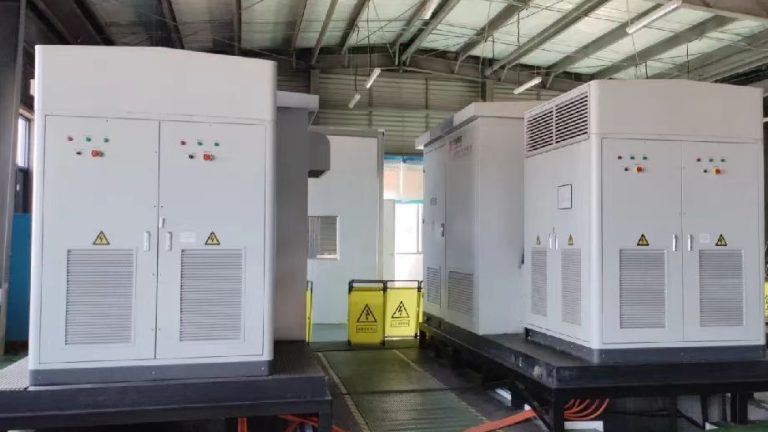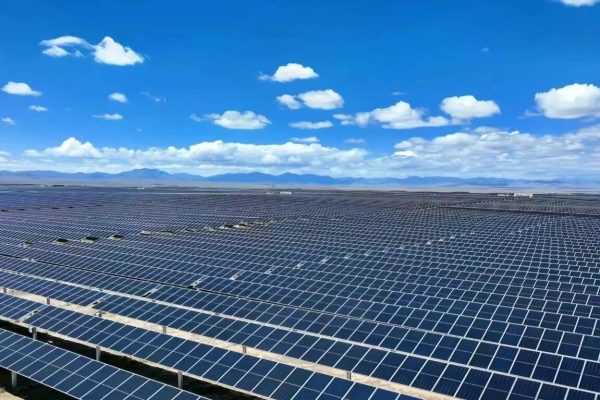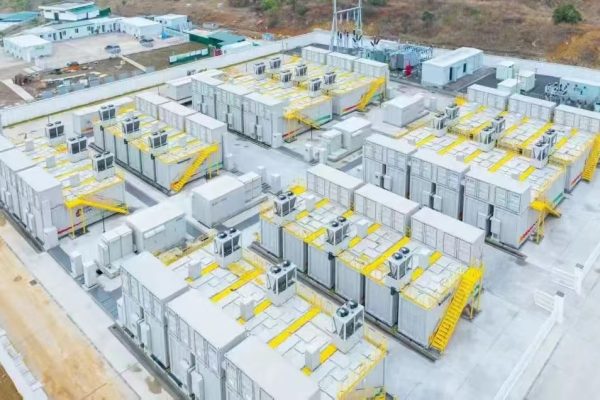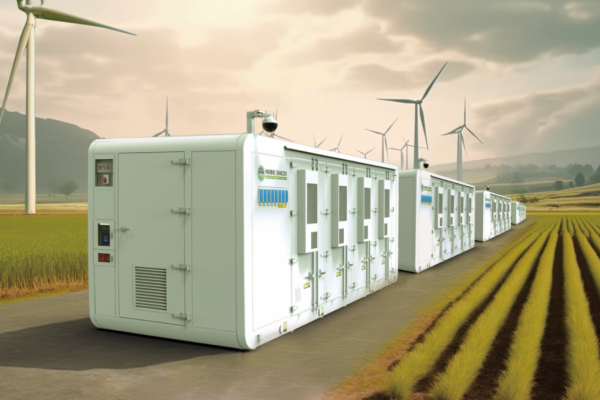How Farmers Benefit from Small to Mid-Sized Energy Storage Systems
1. Why Agriculture Needs Energy Storage
Modern agriculture relies on electrified systems more than ever—pumps, irrigation, cold storage, lighting, ventilation, and processing all demand stable and affordable power.
In many rural or semi-rural areas, however:
- The grid is unstable or unavailable
- Peak-hour electricity is costly
- Diesel generators are expensive and polluting
This is where 20kWh to 100kWh battery systems come in. These are not large utility-scale setups, but practical, affordable solutions that bring real energy independence to farms.
2. Key Applications in Agriculture
Here are five common and practical ways farmers are using these systems:
🧊 1. Cold Storage for Perishable Goods (30–100kWh)
- Ideal for: Fruits, vegetables, dairy, meat, seeds
- Use pattern: Continuous power, mostly overnight
- PV + storage enables farmers to preserve harvests without relying on unstable grids or diesel.
- ROI: Reduced spoilage + lower diesel cost = fast payback
🚿 2. Solar-Powered Irrigation (20–50kWh)
- Ideal for: Daytime pumping + short evening sessions
- Storage enables longer irrigation windows and better use of cloudy-day solar production
- Works well with hybrid inverters or DC-coupled systems
🌾 3. Small Processing Equipment (30–60kWh)
- Milling, drying, packaging machinery
- Many farms now do on-site processing to increase value
- Storage helps run machines even when grid voltage is low or inconsistent
🐓 4. Poultry / Livestock Housing (20–40kWh)
- Ventilation, lighting, feeders—often 24/7 operations
- Systems with night cycling support uninterrupted animal care
- Quiet operation is critical, especially for indoor animal housing
💡 5. Farmhouses and Workers’ Dorms (20–30kWh)
- Lighting, fans, refrigeration, charging
- Acts like a residential storage system, but supports more users
- Can be integrated with rooftop PV or standalone ground-mounted systems
3. Advantages of 20–100kWh Storage in Ag Settings
| Feature | Why It Matters in Agriculture |
|---|---|
| Modular capacity | Easy to expand as farm operations grow |
| PV compatibility | Cuts fuel use and supports net-zero farming |
| Battery cycling | Handles daily or twice-daily charging patterns |
| Off-grid support | Ideal for farms far from power lines |
| Low maintenance | Reduces on-site troubleshooting and training |
We help many clients customize storage cabinets or rack systems to suit agricultural deployment needs, including water-resistant or mobile enclosures.
4. Case Study: 50kWh System for Fruit Packing Center
- 📍 Region: Southern Africa
- 🧺 Application: Cold storage + packaging + lighting
- ☀️ PV: 15kWp rooftop system
- 🔋 Storage: 2x 25kWh Li-ion rack batteries + 10kW hybrid inverter
- 💡 Outcome: Stable 24/7 cooling, reduced diesel usage by 80%
- 🛠 Support: We assisted in system selection, SLD layout, and battery-rack match
This project was supplied by one of our SME clients—without R&D, just with good system understanding and fast service.
5. Our Support for Agricultural Integrators
We support partners who serve farming clients by offering:
- ✅ Pre-matched inverter + battery bundles (20–100kWh)
- ✅ Guidance on load estimation for farm loads
- ✅ Support for container, cabinet, or wall-mount formats
- ✅ Remote commissioning support if needed
- ✅ Short lead time for key SKUs
Most importantly, we help trade partners deliver value without needing to be engineers—we bridge the tech gap.
6. Recently Published Articles You May Like
- 👉 Why BMS/EMS Integration Is Critical in Commercial ESS
- 👉 Case Study: 5kWh + 3kW Hybrid Inverter for Rural Home
- 👉 Thermal Design for Small Storage Cabinets in Hot Climates
7. Conclusion: Energy Storage Helps Farms Do More with Less
Farming today is data-driven, electric, and cost-sensitive.
Deploying 20–100kWh energy storage helps small and medium-sized farms improve resilience, reduce cost, and unlock more efficient operations—without requiring large investment or technical expertise.
Whether you’re an installer or a trade partner, we can help you deliver solutions that fit the land, the budget, and the load.
Let’s build smarter farms—together.









